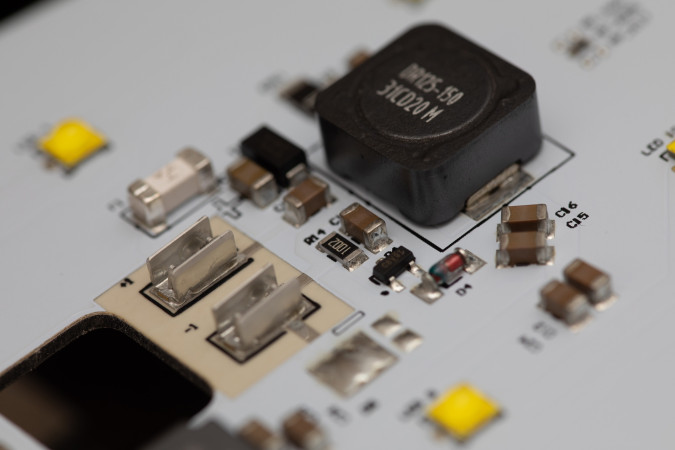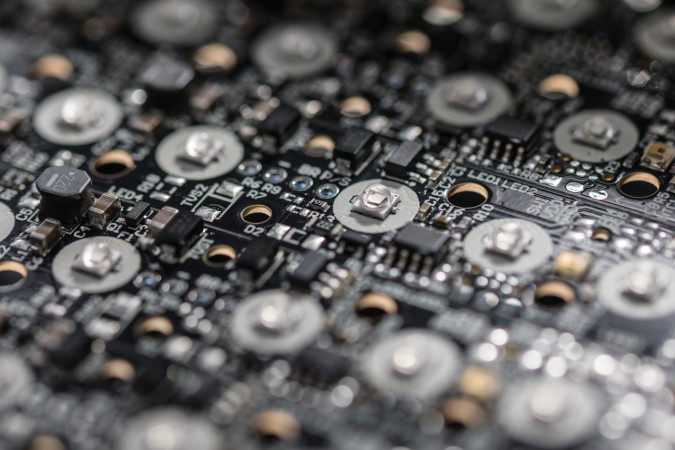Poultry Lighting
Light is an essential aspect of poultry production. In most housing systems, artificial light is utilized to maximize production in pullets, layers and breeders. Today, a variety of different bulbs are available to illuminate the inside of a poultry house, all of which have benefits and shortcomings. Understanding the different lighting options available for poultry, as well as the terminology and management of light, is essential to achieve the best production.
Light is critical for egg production and pullet growth. Domestic poultry see and respond to a different range of light color spectrum and have different spectral intensity responses than humans. While humans respond to light from around 380–780 nm, chickens can see UV-A light (315–400 nm) in addition to 400–750 nm. Additionally, the magnitude of sensitivity for red and blue spectra is much higher for chickens with additional peaks of light sensitivity around 480 nm and 630 nm.
In industrial farming, more intense light is used, while in a farm on a smaller scale focused on egg production, lighting with lower intensity should be used to increase the efficiency of egg production. The level of light intensity in poultry lighting should be measured in a dedicated chicken flux unit. It is a specialized unit that allows you to select the appropriate light flux depending on the purpose of breeding.
Poultry lighting There are no secrets for us. Trust our specialists who will choose the right lighting products for your breeding.






































 Rate our company
Rate our company